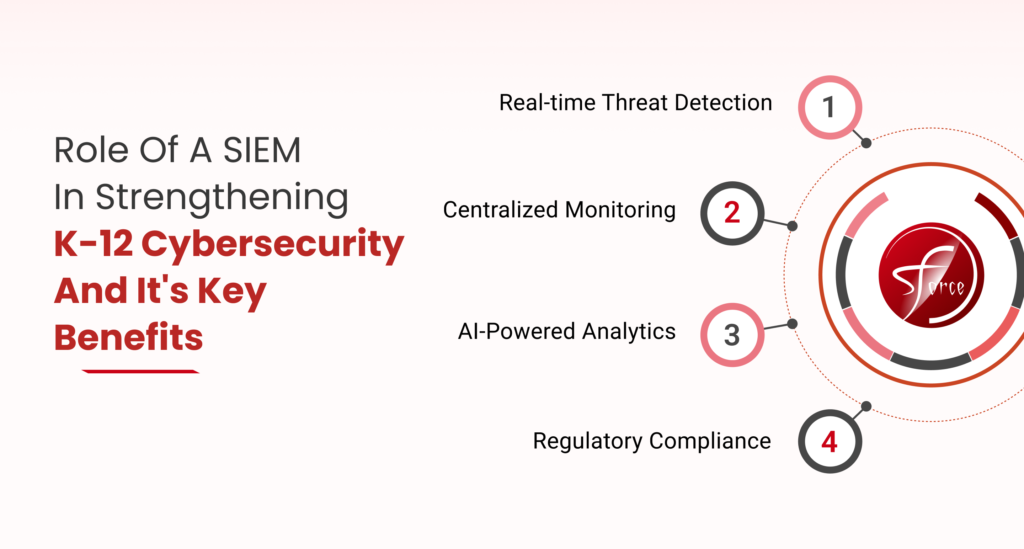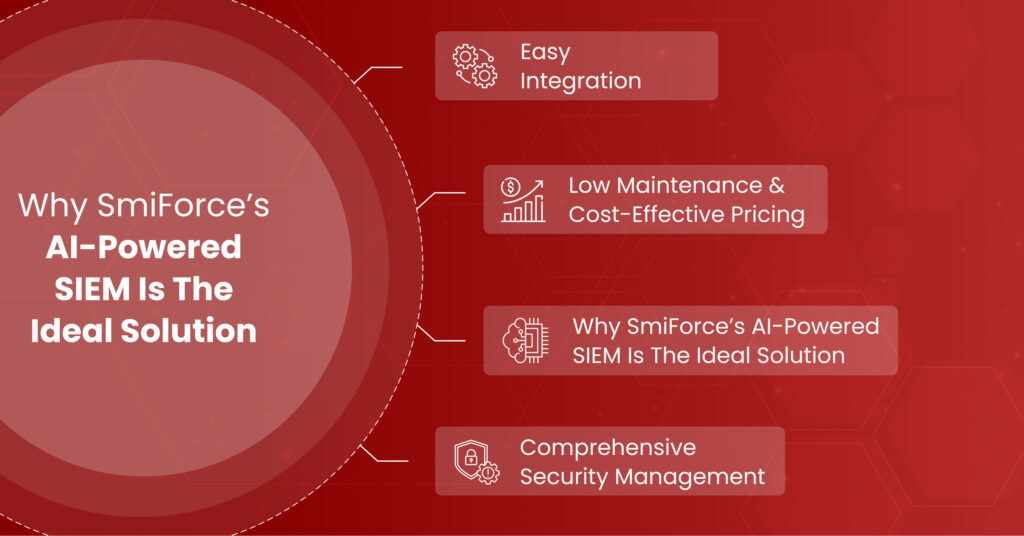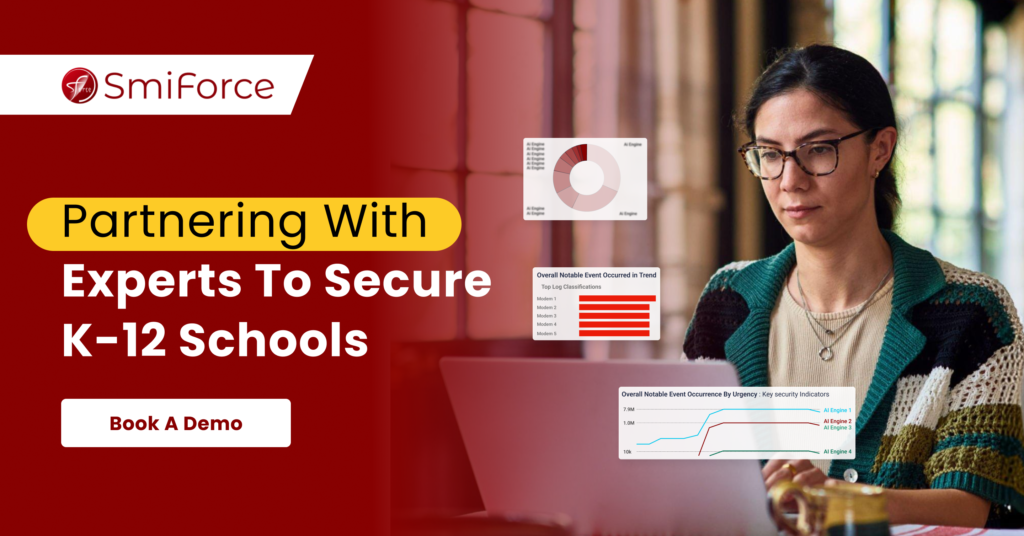
Cybersecurity remains a significant challenge in K-12 education. Schools are responsible for safeguarding vast amounts of data, yet they often operate with limited staff and resources to ensure its protection. This imbalance has made schools an increasingly attractive target for malicious actors. To address these growing concerns, SmiForce collaborates with industry professionals like Joe Brazil from Zillyon Solutions to bring expert insights and solutions tailored for educational institutions.
The Growing Cybersecurity Challenge in K-12
Joe Brazil, a cybersecurity expert from Zillyon Solutions, highlights the difficulties K-12 schools face when managing cybersecurity with limited resources. “With small IT teams, most schools focus on daily operations and delivering immediate technology support to staff and students. Consequently, cybersecurity and data protection often take a backseat, remaining reactive rather than proactive,” he explains. This approach makes it challenging to stay ahead of potential threats, respond quickly, and minimize the spread and impact of cyber incidents.
The Role of a SIEM in Strengthening K-12 Cybersecurity

Joe Brazil, a cybersecurity expert from Zillyon Solutions, highlights the difficulties K-12 schools face when managing cybersecurity with limited resources. “With small IT teams, most schools focus on daily operations and delivering immediate technology support to staff and students. Consequently, cybersecurity and data protection often take a backseat, remaining reactive rather than proactive,” he explains. This approach makes it challenging to stay ahead of potential threats, respond quickly, and minimize the spread and impact of cyber incidents.
Key Benefits of a SIEM
A Security Information and Event Management (SIEM) system provides multiple advantages for K-12 institutions:
- Real-time Threat Detection – “K-12 schools operate in dynamic environments where threats can emerge at any time. A SIEM system provides real-time visibility into the digital infrastructure, enabling schools to identify and respond to potential cyber threats before they escalate into major security incidents.”
- Centralized Monitoring – A SIEM centralizes logs and data from various devices, applications, and systems, reducing the risk of missing threats hidden in dispersed data. “By correlating information from multiple sources, schools can rapidly identify root causes, minimize downtime, and recover more quickly from security breaches.”
- AI-Powered Analytics – “SIEM systems equipped with advanced analytics and machine learning detect patterns and anomalies that could indicate emerging threats. By staying one step ahead of attackers, schools can proactively safeguard their systems.”
- Regulatory Compliance – A SIEM helps schools comply with regulations like FERPA and mitigate risks such as ransomware or data breaches, allowing IT teams to focus on supporting learning without compromising security.
Overcoming SIEM Adoption Challenges
Despite its benefits, Brazil acknowledges that implementing a SIEM comes with hurdles, especially for schools with limited budgets and IT staff. “K-12 schools often face financial constraints and operate within fixed budgets. Some SIEM systems carry a high upfront cost or have pricing models that fluctuate as additional systems are added and log volumes increase,” he says. Additionally, SIEM management often requires dedicated cybersecurity expertise, which many schools struggle to retain due to competition from the private sector.
“Schools often use a mix of legacy and modern systems, making SIEM integration complex and resource-intensive. As technology use expands, scaling a SIEM to handle increased data and threats can be a significant challenge,” Brazil notes.
Why SmiForce’s AI-Powered SIEM is the Ideal Solution

Understanding these challenges, Brazil notes how SmiForce’s AI-powered SIEM is designed to make cybersecurity accessible and effective for K-12 schools. With SmiForce’s platform, they are able to address these pain points by offering:
- Automated Threat Detection & Response – AI-driven analytics detect and mitigate threats without requiring extensive manual intervention.
- Easy Integration – Seamless compatibility with legacy and modern systems reduces deployment complexity.
- Low Maintenance & Cost-Effective Pricing – Unlike traditional SIEMs, SmiForce offers a transparent pricing model with no hidden fees, making cybersecurity protection budget-friendly.
- Comprehensive Security Management – Schools gain a single-pane-of-glass view of their entire IT infrastructure, improving threat detection and response times.
Partnering with Experts to Secure K-12 Schools
At SmiForce, we believe in collaboration with industry professionals like Joe Brazil to ensure our solutions address real-world cybersecurity challenges. “Planning ahead to address potential challenges is essential for choosing a solution that suits your environment and capabilities,” Brazil advises. By working with cybersecurity leaders, SmiForce continues to innovate and provide the best security solutions tailored for K-12 institutions.

Investing in a proactive cybersecurity strategy with a robust SIEM system is essential for safeguarding student and staff data. With SmiForce’s AI-powered SIEM, schools can strengthen their security posture, reduce risk, and focus on what truly matters—providing a safe and secure learning environment.

